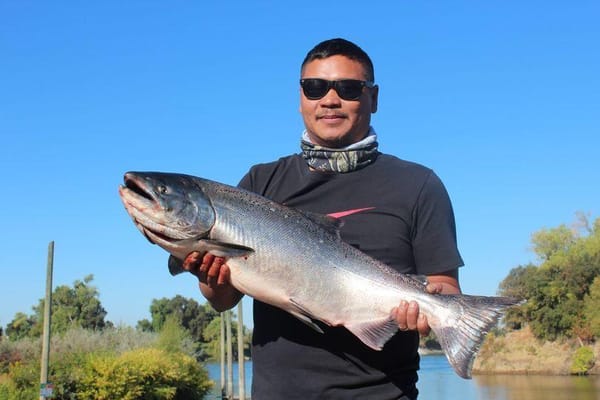Environmental and fish groups disappointed with appellate court ruling on Sites Reservoir
Friday’s court ruling was issued at a time when California salmon, steelhead and other fish populations and the San Francisco Bay-Delta ecosystem are in their worst crisis ever, according to fish advocates.




